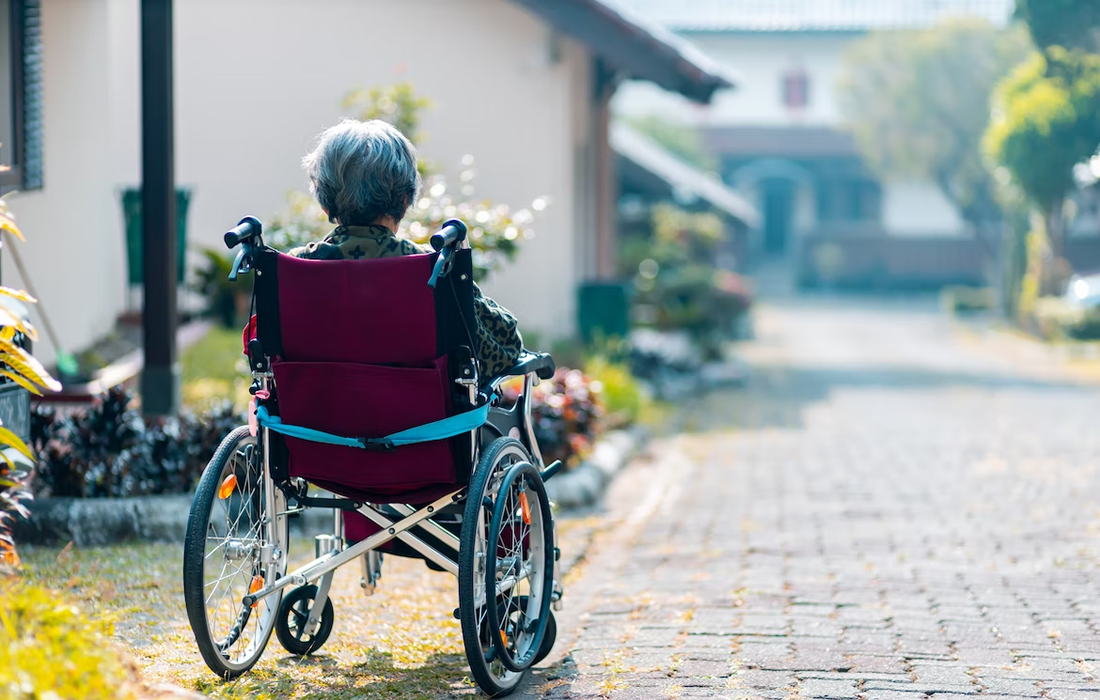Stem Cell Therapy for Specific Conditions
New Study Of Stem-Cell-Gene Therapy for Lou Gehrig’s
Amyotrophic lateral sclerosis (ALS) involves progressive motor neuron loss, leading to paralysis and death typically within 3–5 years of diagnosis. Dysfunctional astrocytes may contribute to disease and glial cell line-derived neurotrophic factor (GDNF) can be protective.
GDNF is a potent growth factor for dopamine and motor neurons; however, it cannot cross the blood–brain barrier.
New study of stem cell therapy
Clive Svendsen, PhD, professor of Biomedical Sciences and Medicine and executive director of the Cedars-Sinai Board of Governors Regenerative Medicine Institute, and his team did a study in patients with ALS, by using engineered protein-producing stem cells to produce a protein called glial cell line-derived neurotrophic factor (GDNF).
By transplanting the engineered protein-producing stem cells in the central nervous system, where the compromised motor neurons are located, these stem cells can turn into new supportive glial cells and release the protective protein GDNF, which together helps the motor neurons stay alive.
Aimed at preserving leg function in patients with ALS, the engineered cells are potentially a powerful therapeutic option for this disease that causes progressive muscle paralysis, robbing people of their ability to move, speak and breathe.
Because patients with ALS usually lose strength in both legs at a similar rate, investigators transplanted the stem cell-gene product into only one side of the spinal cord so that the therapeutic effect on the treated leg could be directly compared to the untreated leg.
The team developed a novel injection device to safely deliver the stem cell-gene product, called CNS10-NPC-GDNF, to the spinal cord of patients.
After the transplantation, patients were followed for a year so the team could measure the strength in the treated and untreated legs. The goal of the trial was to test for safety, which was confirmed, as there was no negative effect of the cell transplant on muscle strength in the treated leg compared to the untreated leg.
None of the 18 patients treated with the therapy had serious side effects after the transplantation.
While there were no serious side effects, the team found that in some patients the cells went too high in the spinal cord, ending up in sensory areas, which may have led to instances of pain. They also saw benign growths associated with the cell transplantation in some cases.
Investigators expect to start a new study with more patients soon. They will be targeting lower in the spinal cord and enrolling patients at an earlier stage of the disease to increase the chances of seeing effects of the cells on the progression of ALS.
These findings may lead to developing new target treatment in people with this devastating condition. Large studies are needed to establish the safety , and possibly this treatment may be used to improve other neurological conditions such as Parkinsons.
SOURCE:
Robert H. Baloh, J. Patrick Johnson, Pablo Avalos, Peggy Allred, Soshana Svendsen, Genevieve Gowing, Kristina Roxas, Amanda Wu, Becky Donahue, Sheryl Osborne, George Lawless, Brandon Shelley, Koral Wheeler, Carolyn Prina, Dana Fine, Tami Kendra-Romito, Haniah Stokes, Vicki Manoukian, Abirami Muthukumaran, Leslie Garcia, Maria G. Bañuelos, Marlesa Godoy, Catherine Bresee, Hong Yu, Doniel Drazin, Lindsey Ross, Robert Naruse, Harish Babu, Eric A. Macklin, Ashley Vo, Ashraf Elsayegh, Warren Tourtellotte, Marcel Maya, Matthew Burford, Frank Diaz, Chirag G. Patil, Richard A. Lewis, Clive N. Svendsen,(September 5 , 2022). Transplantation of human neural progenitor cells secreting GDNF into the spinal cord of patients with ALS: a phase 1/2a trial. Nature Medicine: Retrieved from : https://www.nature.com/articles/s41591-022-01956-3
IMAGE:
Photo by Steven HWG on Unsplash.

